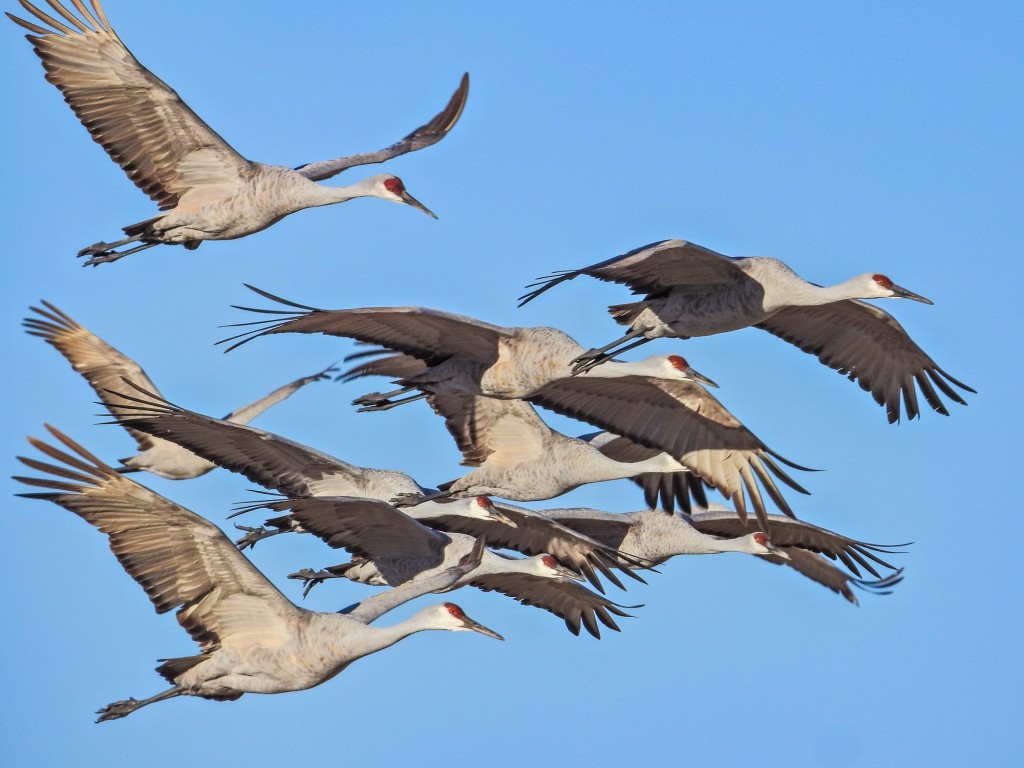Those are all at full zoom (357 mm actual, 2000 mm equivalent). Success depends primarily on the bird species. Gulls swoop in a predictable manner, so they're pretty easy to track at full zoom.Helpful post Sherman. Thank you.I posted some examples of P950 at full zoom in Feb 2020, using the software then available to me (Capture NX followed by Neat Image 8). Additional details are in the thread, including the recommendation for red dot sight and target-finding autofocus.
https://www.dpreview.com/forums/thread/4467894
About a year later, DXO had added support for P950 and I had purchased Topaz Sharpen. The results from the 05/2021 reprocessing (not previously posted) are shown below. Images are cropped, but at full resolution.
The improvement obtained by using DXO followed by Topaz should be immediately obvious, even at ISO 100. At higher ISOs, the discrepancy is even larger.
I recall that post - and thought about the "red dot" decided it was over my skill level and didn't persue. I hoping to practice and get better with BIF.
OTM was asking about what focus length was the longest you could use for BIF with the P950.
I've been very happy with Topaz DeNoise - using it as a stand alone.
Ev
--
Sherm
Sherms flickr page
P950 album
P900 album RX10iv album










